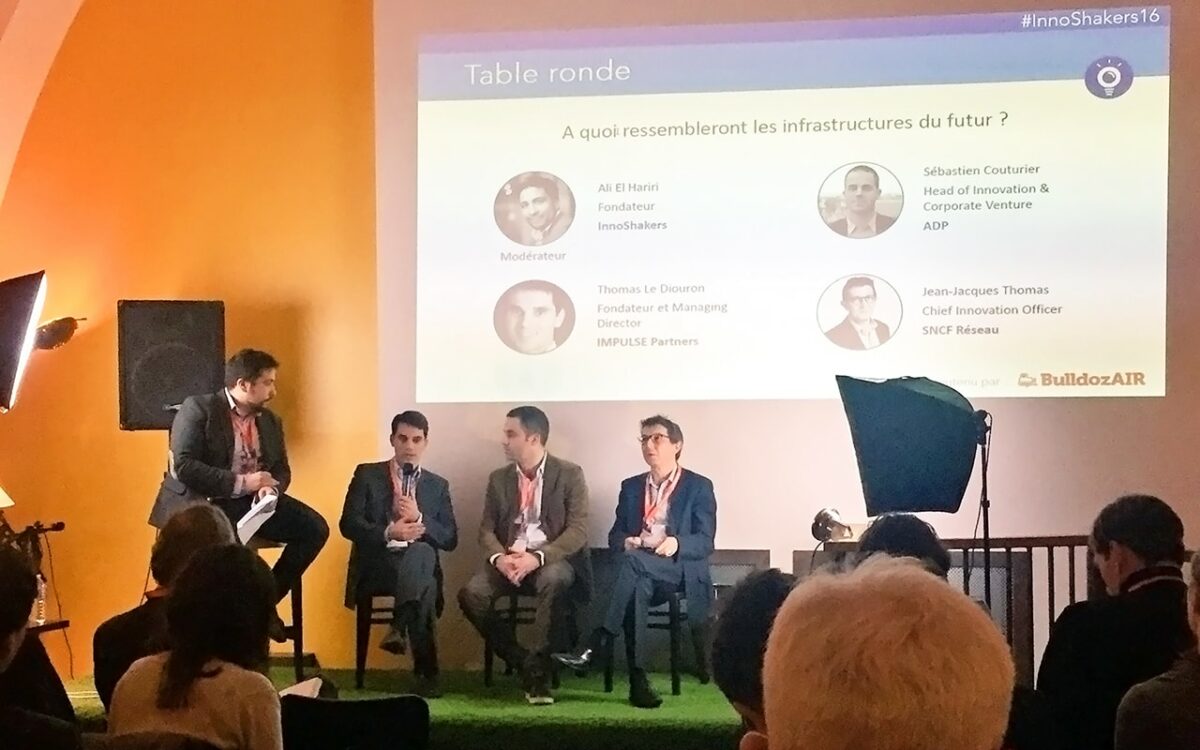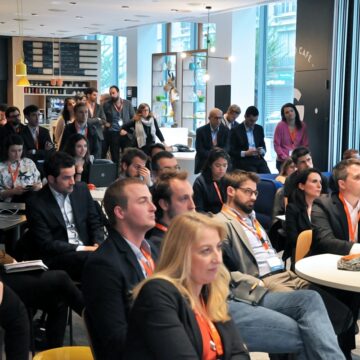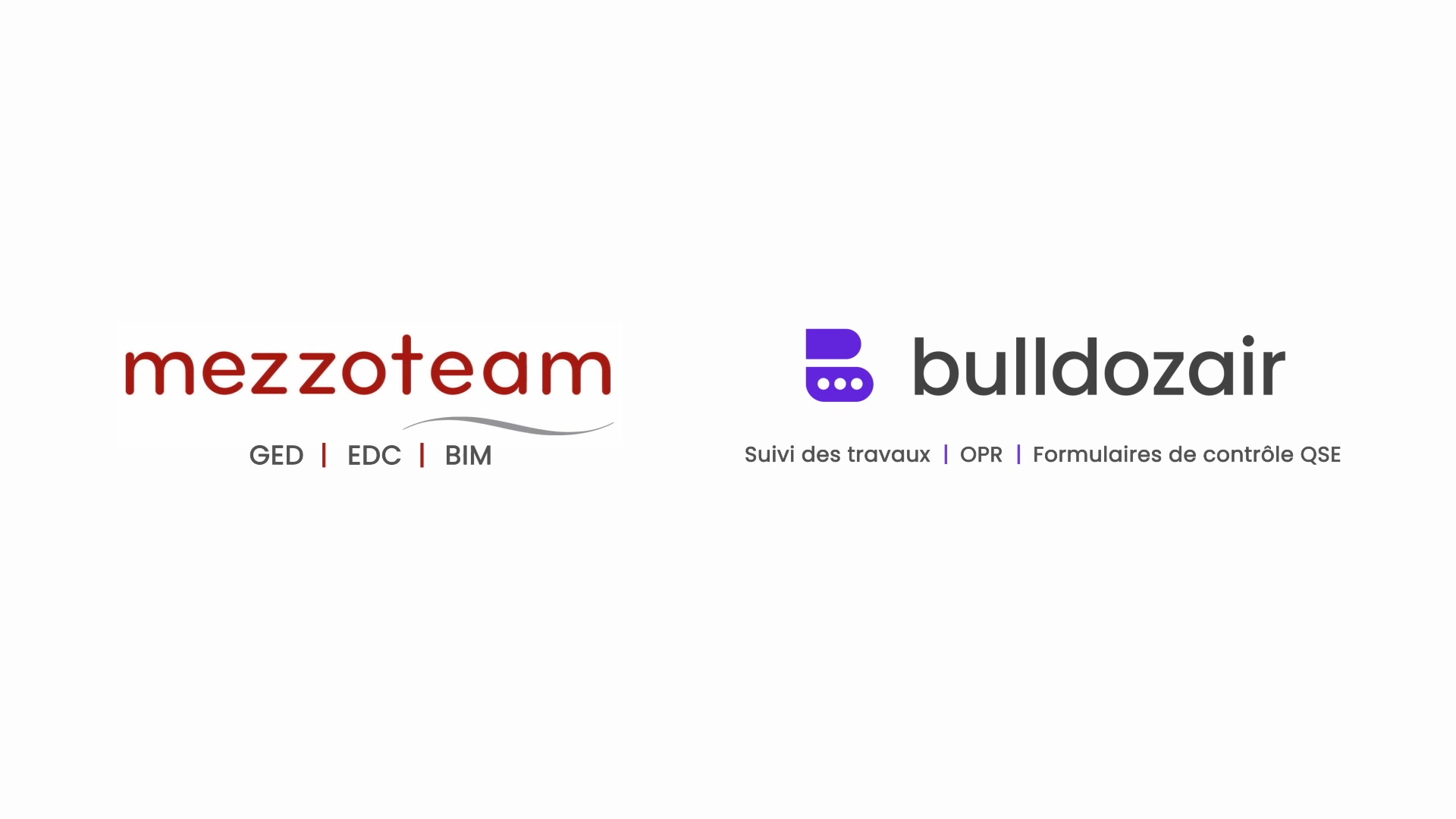This past 16th of January, BulldozAIR was proud to attend the 2nd edition of InnoShakers which discussed the theme “How to build the infrastructures of the future?”. The argument was developed by two panels that examined upcoming infrastructure trends and recent developments as well as the future consequences that they could bring to urban development.
Last week, we discussed the first panel focused on “The Grand Paris Express, a project devoted to innovation”. This week, the second panel examines new perspectives on the impact of data, as well as the importance of innovation to face future challenges and maintain competitiveness. The participants included:
- Sébastien Couturier, Head of Innovation & Corporate Venture at ADP
- Thomas Le Diourion, Founder & Managing director at IMPULSE Partners
- Jean-Jacques Thomas, CIO at SNCF Réseau
- Ali El Hariri, CEO of BulldozAIR (moderator)
Enabling greater gains thanks to data
Thomas opened the second panel by explaining why an incubator focused on construction and infrastructure was necessary. He mentioned the existing technological disparity between these sectors and others such as real estate. However, he emphasized the crucial need for data, calling it essential for businesses. Data paves the way for infrastructure optimization, allowing companies to improve practices such as price and service management, as well as impacting use when exploited right.
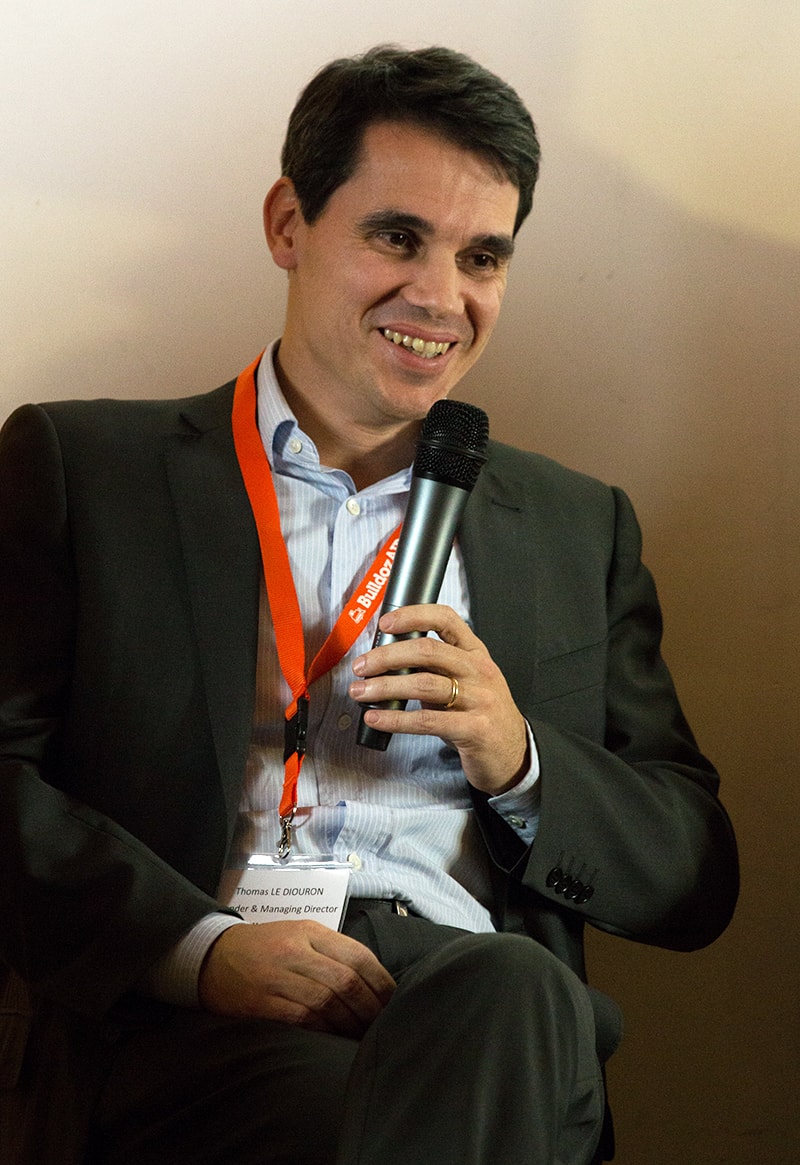
For Jean-Jacques, technology such as sensors and AI along with data systems allowed the French railway company to manage train traffic, maintenance, and monitoring better. Jean-Jacques mentions that significant gains can be achieved with technology. Sébastien even goes to add sensors themselves might become irrelevant as AI technology continues to evolve rapidly. However, he also highlighted that for new technology to be efficient, it’s important to reinvent traditional processes and adapt them to the new conditions. The key to do is to embark the human assets of the organization into the digital transformation.
In an example given by him, SNCF approached drone and robot technology through a partnership with ALTAMETRIS, which allowed the French railway company to collect topographical data using mobile vectors. The technology allowed the SNCF to improve the control and maintenance of their infrastructures and networks. In another example given by Sébastien, ADP partnered with Pacifa Decision to access technology that would enable ADP to consolidate information and optimize management processes, therefore, allowing airport terminals to be operated remotely.
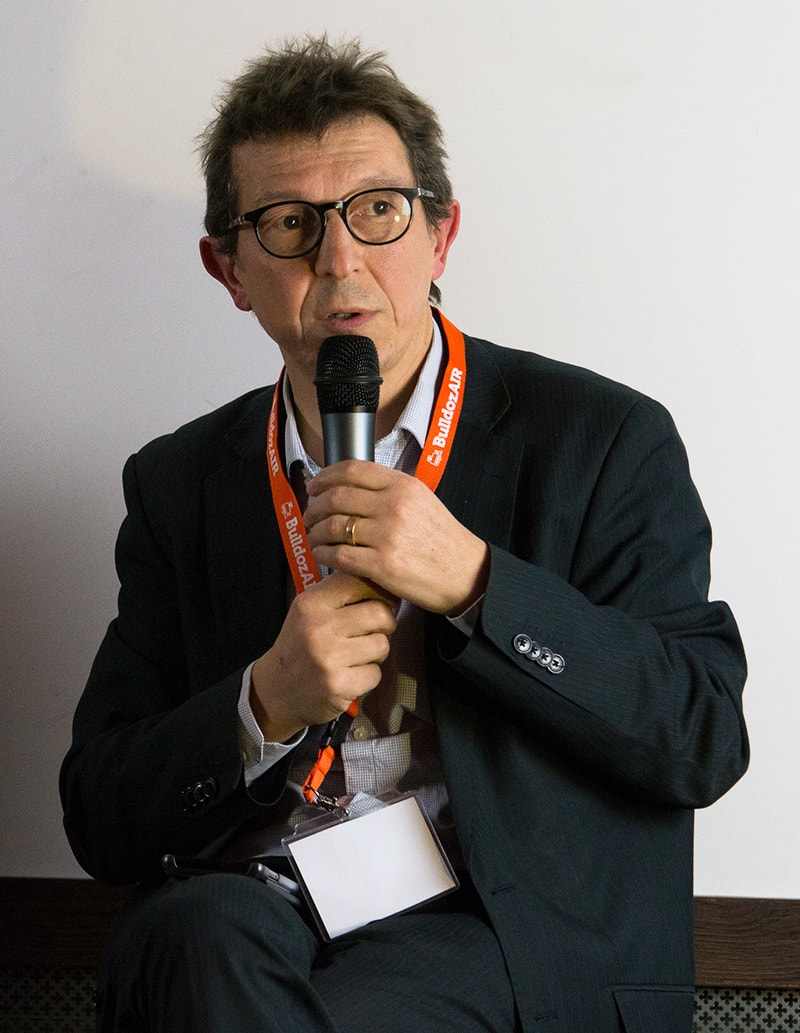
Nonetheless, Jean-Jacques also mentions that with these new advances, new challenges have also arisen. Today, connectivity is more important than ever. The development of faster or more reliable connectivity will shape the path for future innovations.
Maintaining competitiveness by implementing innovation
In business, many things can threaten success. For the SNCF, it is the challenge of facing an aging railway network. Although restoration and renovation could seem like the right answer, rapid growth in demand puts the SNCF in a business paradox: How to continue work on the network while increasing the offer? For the SNCF, the solution relies on the invention of a new XXIst century network. However, the use of new technology needs to be complemented with innovation across the whole value chain of the organization to make an impact in the business’ processes regarding costs and efficiency.
Intense competition in the sector is also another driver for innovation. In the case of ADP, there is constant competition among different countries and industries regarding infrastructure. Therefore, an environment that boosts new ideas to find innovative solutions is essential for success. Jean-Jacques mentions that creating adequate conditions for the in-house teams to implement and further develop innovative initiatives is vital. Practices such as communicating all the tools available or offering business units all the necessary information to adopt them are essential to triumph at the hardest stage of innovation, the implementation.
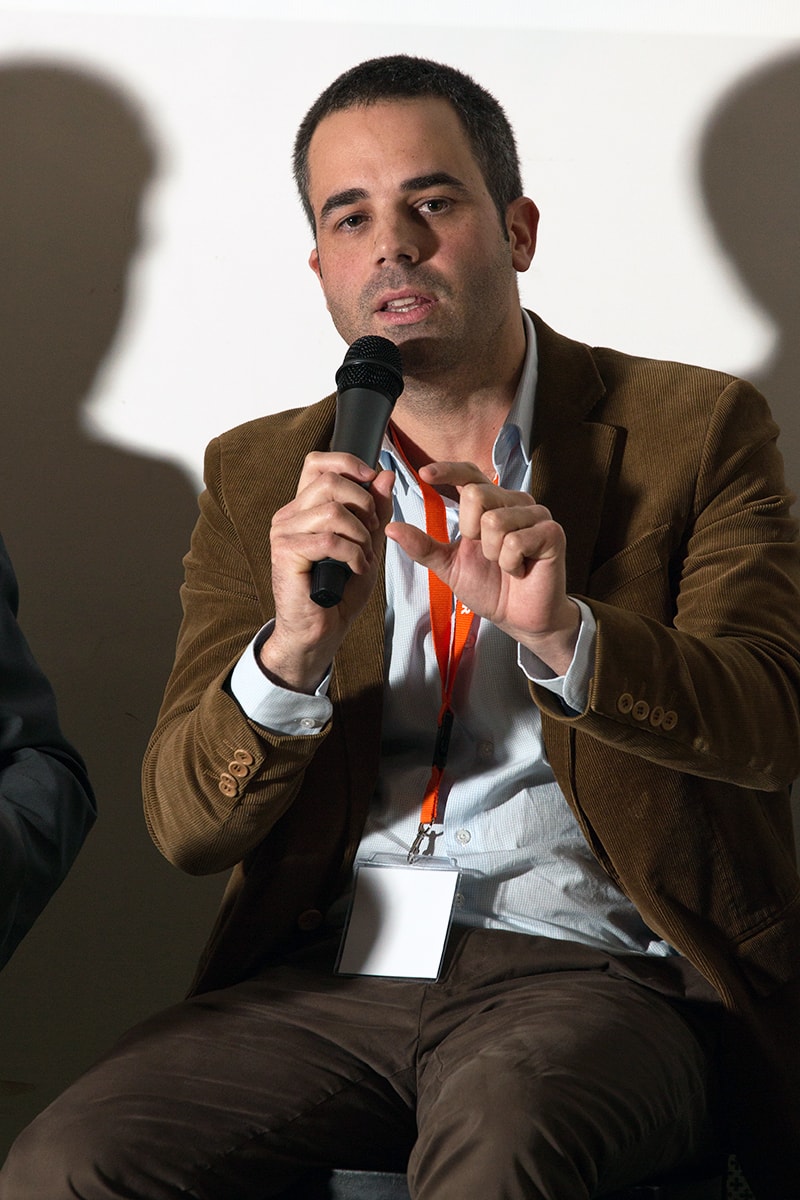
Sébastien adds that valuable initiatives must have a connection between the new solution and the issues faced by teams on the field. To accomplish this, ADP created the “Innovation Hub,” a community that develops and nurtures new ideas by selecting solutions from startups that fit the challenges and culture of the organization. The community also helps ADP identify the right persons to represent and lead the implementation efforts as Sébastien highlights that transforming traditional business approaches to more innovative ones is very challenging. However, the creation of these communities can also require substantial financial investments from the organization.
Innovation: anticipating the future
One of the most important goals of any innovation effort is the ability to prepare the organization for new conditions and prevent potential threats. In the case of ADP, Sébastien envisions an airport where more things are possible as, in the future, airports might shift from a transition area to a living space. In response, ADP has already begun offering new services such as the “Airport Startup Day” that allows businesses to pitch or search for new ideas and solutions inside the facilities.
CES 2018 was briefly mentioned. For the first time in its history, the giant tech convention has offered an area dedicated to Smart Cities. Sébastien revealed how everyone is focusing on autonomous vehicles and other connected objects. However, the arrival of this technology can disrupt many industries. For the automotive and transportation industry, players must ask themselves what to do once the ability to drive becomes obsolete? And how can businesses profit from these time gains? Sébastien also mentioned he was intrigued by sleep optimization technologies presented at the convention. From the standpoint of an airport, sleep is an essential factor to consider as it plays an indispensable role in the comfort of passengers. New developments like this one could potentially become valuable assets for ADP in the future.
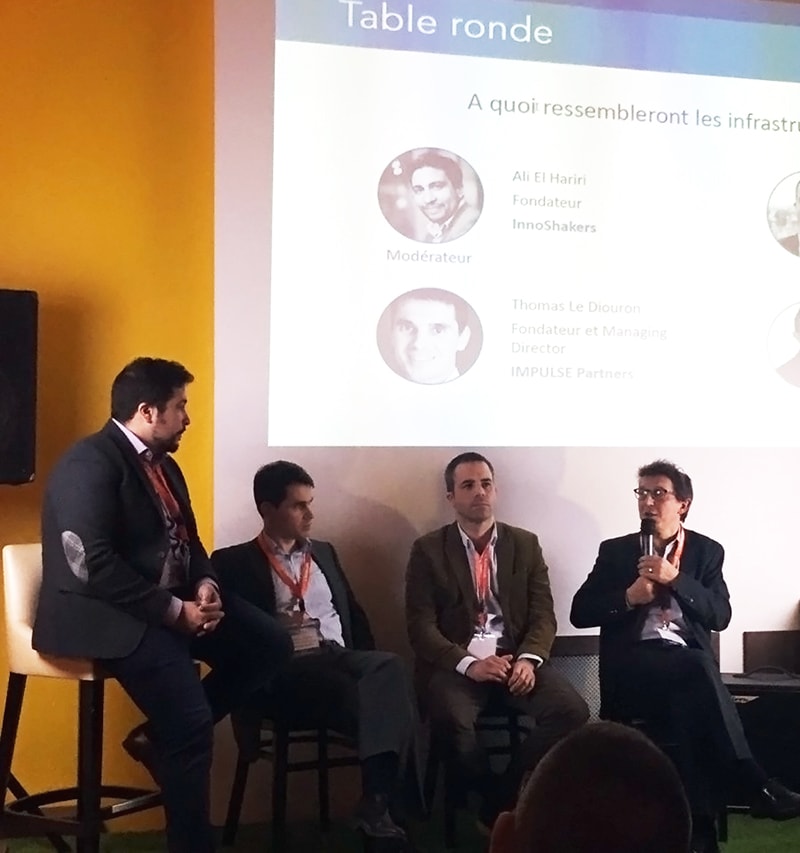
However, Jean-Jacques also highlights that we can only speculate on what the future might bring us. Therefore, for the SNCF the most crucial issue to consider is the creation of an evolving infrastructure that would allow them to adapt to new conditions in the future quickly.
In conclusion, we can observe that as innovation and infrastructure continue to intertwine, they also bring new possibilities to businesses and consumers. Moreover, we can witness that implementing technological advances is essential for maintaining the competitiveness of a company and assure its continuity. As construction tech continues to evolve, businesses will need to master the implementation of new technologies in their organizations and identify the new potential opportunities brought by each new development.
If you found this article interesting, don’t forget to check out last week’s post on “The Grand Paris Express, a project devoted to innovation” which included interventions from innovation experts from Arcadis, IBM and ExploLab.


